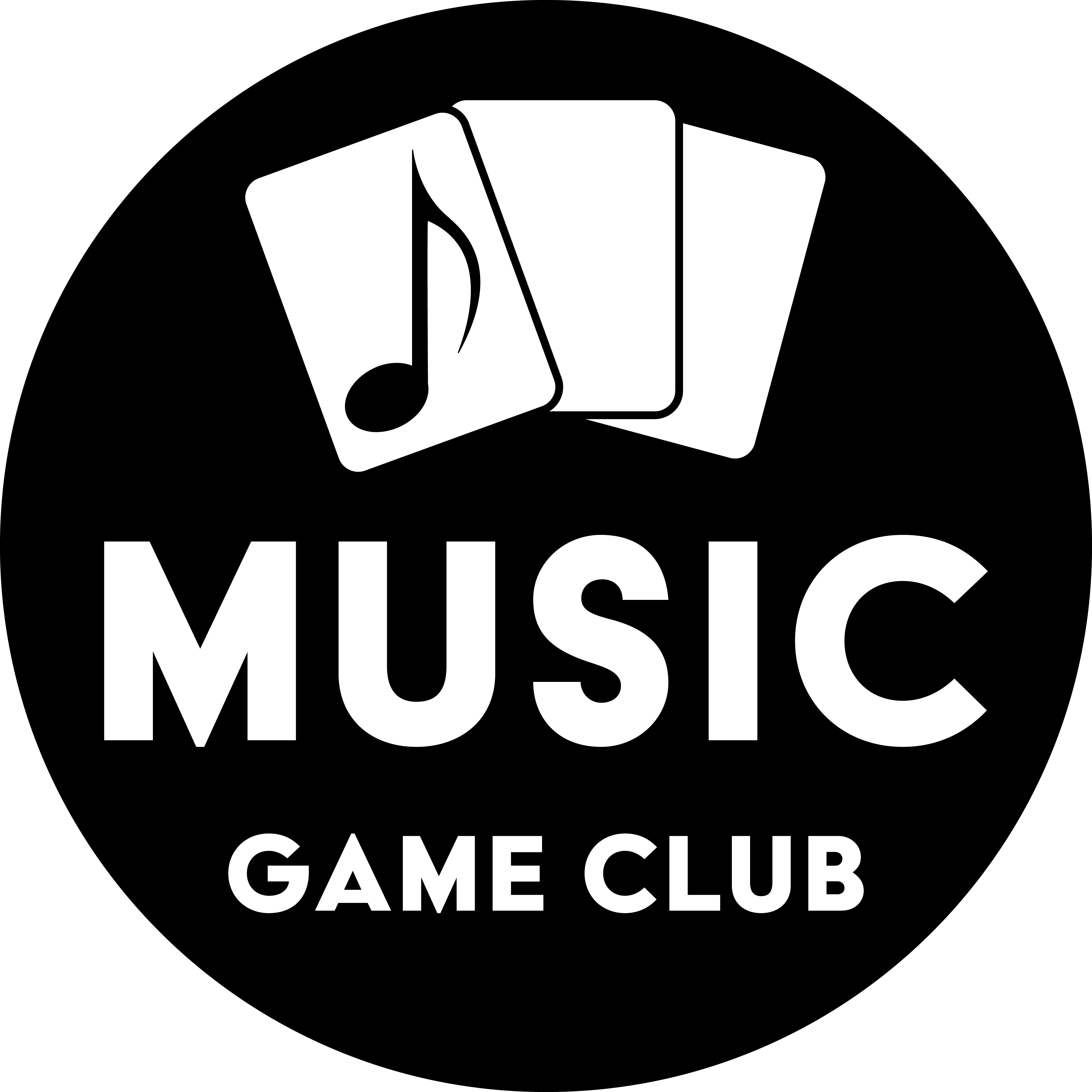
Playing music games in lessons is a great step in making music lessons more fun for both the student and also yourself as the teacher.
But sometimes, it’s hard to figure out exactly where to make time for music games in lessons.
In this blog post, you get a 3-in-1 deal!
- A free music game planner to help you out
- Rebekah’s video with 3 points in lessons to play music games
- Five tips for making time for music games in lessons
If you still aren’t sure why you should play music games in lessons, check out our blog post, Setting Goals with your Piano Students in 2023.
Free: Create a Music Game Plan
This free download has some ideas to get you started, but it’s also a safe place for you to jot down your students’ needs and game ideas.
How to Make Time for Music Games in Lessons
Don’t see the video below? Watch it here.
5 tips for playing music games in lessons
TIP #1: Lengthen lesson time
If you’re just teaching 30-minute lessons and are already stretched thin, then an extra 15 minutes can go a long way!
TIP #2: Aim for 5 minutes
Playing games doesn’t have to be this big to-do. Most music games can be played in 5 minutes. In order to do this, understand how the game is played before you present it to your student. Have low expectations and goals (if it means adapting the game so the student has time to feel good about it, by all means, adapt away!).
TIP #3: Have a “game week”
If you struggle to divide your time between repertoire, technique, and games, then have a special “game week” where you focus half the lesson time on a game. This builds excitement in your studio every month when “game week” is drawing near.
TIP #4: Use games as a reward
Instead of stickers, why not use games as rewards? When a student finishes a book, memorizes 5 pieces, or reaches any other goal, have the reward be a game.
TIP #5: Play a game for new concepts
Alternatively to playing when something is completed, games are a great way to introduce a new concept. If you turn the page in the lesson book to a new concept, start with a game rather than with an explanation. This will give you a good plan to know when to play games in your studio.
BONUS Tip #6: Play game to review concepts
I had to throw this one in the mix! If you have a student struggling because they are overwhelmed, figure out the concepts they’re having a hard time with and play a game specifically to review that concept.
Bottom line: Playing music games isn’t wasting time.
Instead, it actually helps you as a teacher and helps the student.
Hopefully now you’re all excited about playing games.
But maybe you’re lost when it comes to knowing what games to play (trust me, there’s so much more than just music flashcard games ready for you!).
Friday we’ll be back to help answer those questions for you!
For now, get started with your game plan!
We can help you save time!
We know it can take hours to dig through internet resources to find the perfect music theory game.
That’s why we send you a music game every month when you join Music Game Club!
It will not only help you save time, but your students will start looking forward to a new game each month!
Membership is only open twice a year. Check out our membership page here for more details.
How do you Make Time for Music Games in Lessons?
When do you play music games in lessons?
How often do you play music games?
Are you wanting to try something different this year… or does your current strategy work?
Comment and let us know!




0 Comments